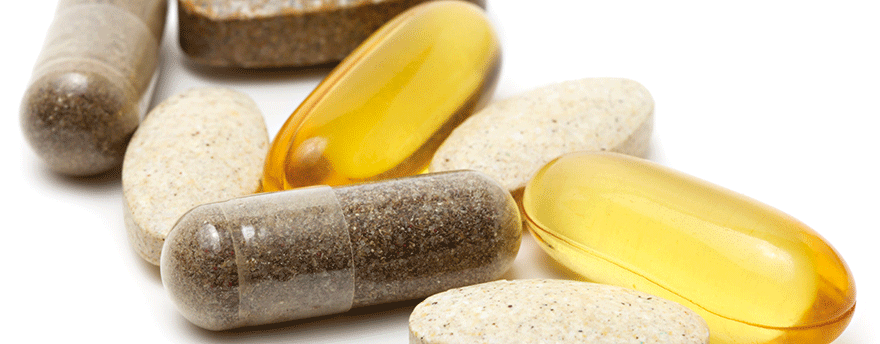The older generation needs you

VMS sales are estimated to have reached £442m in 2018, a rise of 6% from £417m in 2013 (source: Mintel). The biggest growth is among millennials but the older generation is an established market for repeat business.
However, according to market research compiled by Solgar, the bone and joint health sub-category is static although it retains a well established position at the head of the five main drivers of VMS sales, alongside general wellbeing, energy, beauty and the immune system.
The VMS sector is predicted to see a steady rise in value sales over the next five years, with the market forecast to grow a healthy 8% to reach £477m in 2023.
Anita Winther, Research Analyst at Mintel, says: “The ongoing focus on health, both among consumers and in the public debate, is seeing people take a more proactive approach towards their wellbeing.
“The interest in health is expected to be a major driver for VMS sales, while the ageing population should continue to drive growth in the over-50s segment.
“Vitamin D has proved to be a star performer in the sector, with its health benefits during the winter months continuing to be a popular topic. This will have undoubtedly helped boost usage, raising its profile among Brits.”
Solgar’s figures show joint and bone health remaining a large sub-category at around £75m by value in 2017 (source: Euromonitor), driven by older consumers, but the beauty and energy categories (approx. £39m and £34m respectively) are growing fast. Although these are relevant to the older generation, they are driven by a younger demographic. Digestive and men’s health are also among the fastest growing categories.
However, the joint and bone health sub-category is static – as are ‘memory’ and ‘women’s health’ – but it holds such a large share that it will remain a popular choice for older customers. Beauty, digestive health, men’s health and energy are all enjoying increasing sales.
The importance of a targeted joint and bone health section in-store is obvious – from mid-thirties onwards, more bone is broken down than produced (source: solgar.co.uk) while joints and cartilage may begin to degrade, causing stiffness and pain. Calcium/magnesium, boron, vitamin D3, glucosamine/chondroitin are all staples, with specialist formulations for joint health and/or inflammation demonstrating recent innovation that give independents the edge.
Formulations for brain health, especially memory, and eye-health are other important shelf sections for the older generation.
Solgar’s figures show that physical shops remain the primary destination for VMS purchases but online is growing – 47% of UK consumers say they buy from a physical store compared with 18% online, while 35% have never bought supplements.
However, more than half of consumers (56%) say they are confused by the VMS category, an indicator of the strong showing among those seeking face-to-face advice at health stores.
The top five attributes listed by consumers are quality, a trusted brand, scientific research, ease of use and being readily available.
www.solgar.co.uk
The role of probiotics in bone health
It seems that hardly a week goes by without another breakthrough discovery about the value of probiotics.
The latest revelation, announced at Probiota 2019 in Copenhagen, is that a probiotic solution taken over a year showed an 80% reduction in bone loss among women, with an even greater 85% reduction in menopausal women.
This “amazing data” was presented by Niklas Larsson, research director at Probi which supplies probiotic solutions to the industry, using a Swedish trial on 250 pre- and post-menopausal women.
Half of women and a fifth of men will suffer an osteoporosis-related fracture after the age of 50, therefore reduced bone loss as indicated in this research will postpone the onset of osteoporosis.
Source: Nutraingredients.com
Read more articles from our latest issue...